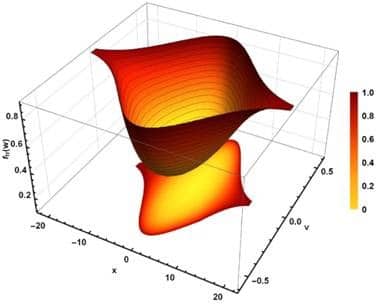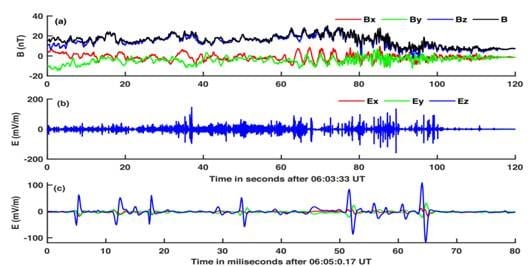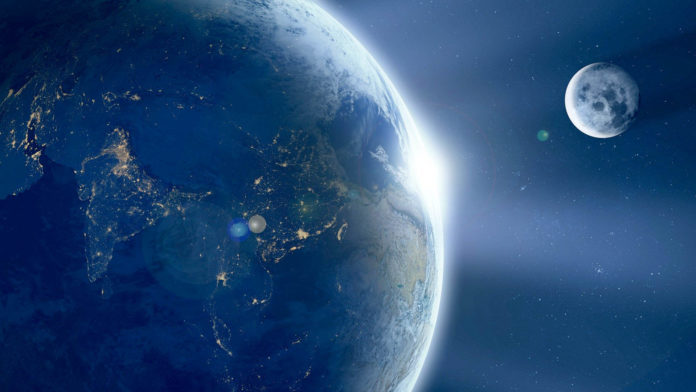A novel theory by three Indian scientists has paved the way to unlock the mysteries of the Ionhole structures – a localized plasma region where the ion density is lower than the surrounding plasma.
Harikrishnan Aravindakshan, Prof. Amar Kakad, and Prof. Bharati Kakad from the Indian Institute of Geomagnetism (IIG), an autonomous institute under the Department of Science and Technology, have developed the theory. Prof. Peter Yoon of the University of Maryland, USA, also joined the Indian scientists.
The theory solves every bit of uncertainty regarding the conflict between the observations from the Magnetospheric Multiscale (MMS) Mission. It’s a NASA robotic space mission to study the Earth’s magnetosphere and theoretical predictions.
Scientists have developed a theory that helps understand the complicated nature of Sun-Earth interactions happening in the magnetosphere, the space around Earth that is controlled by the Earth’s magnetic field.
Using their theory, the scientists are now working towards a detailed study of the ion hole structures observed in various space and astrophysical environments.
They have completely ruled out the necessity of the upper limit in the temperature ratio between ions and electrons to generate a special kind of wave called Bernstein Green Kruskal (BGK) waves, named after the scientists who predicted this wave. They revealed that the electrons that are not part of ion hole dynamics also play a vital role. The work has been published in the journal, Monthly Notices of the Royal Astronomical Society.

On 2 November 2017, NASA’s expedition to unlock Sun-Earth interaction’s complicated nature, the MMS spacecraft, observed negative monopolar potential, electric field potentials, which can be visualized in the form of single-humped, pulse-type structures.
The scientific community suddenly recognized its importance, and several publications were presented. But none of the available theories could explain the characteristics of these structures due to the exotic background conditions.

The new theory developed by the IIG team now provides a better understanding of their characteristics. It sheds light on the generation of these structures leading to the unraveling of nature’s greatest mystery that causes the phenomena, plasma transport and heating of plasma, the fourth state of matter after solid, liquid, and gas, which is the most natural and widely observed state of matter in the entire universe.
Journal Reference
- Harikrishnan Aravindakshan, Theory of ion holes in space and astrophysical plasmas. Monthly Notices of the Royal Astronomical Society: Letters, Volume 497, Issue 1, September 2020, Pages L69–L75, DOI: 10.1093/mnrasl/slaa114
